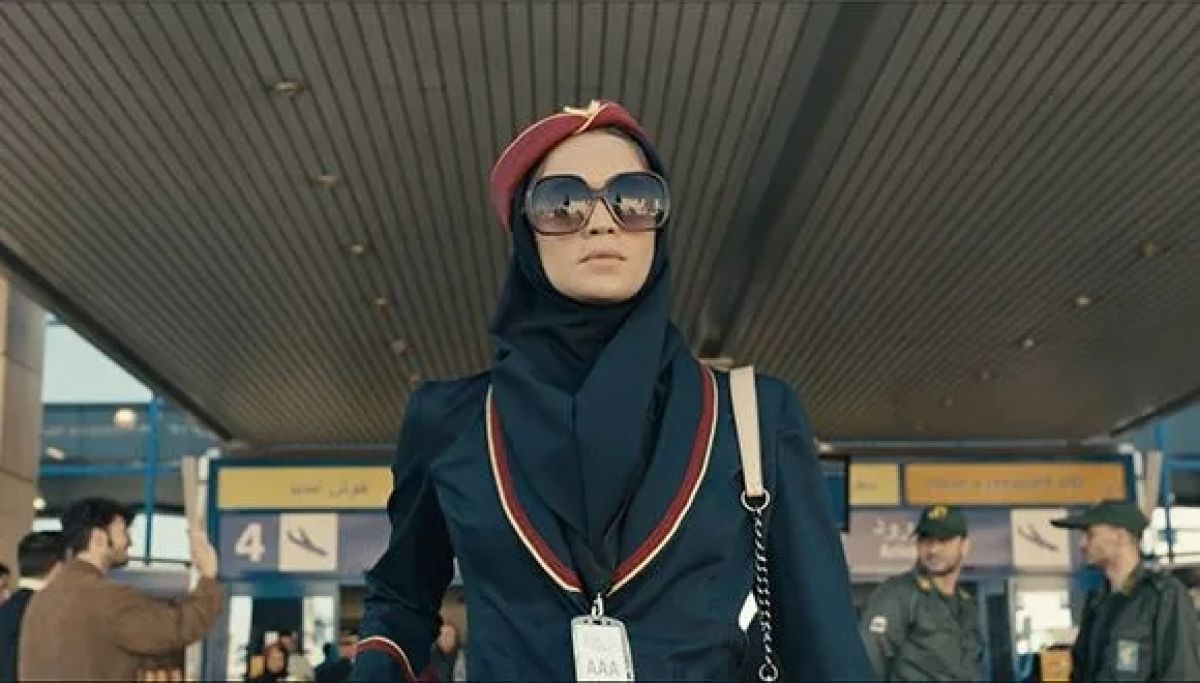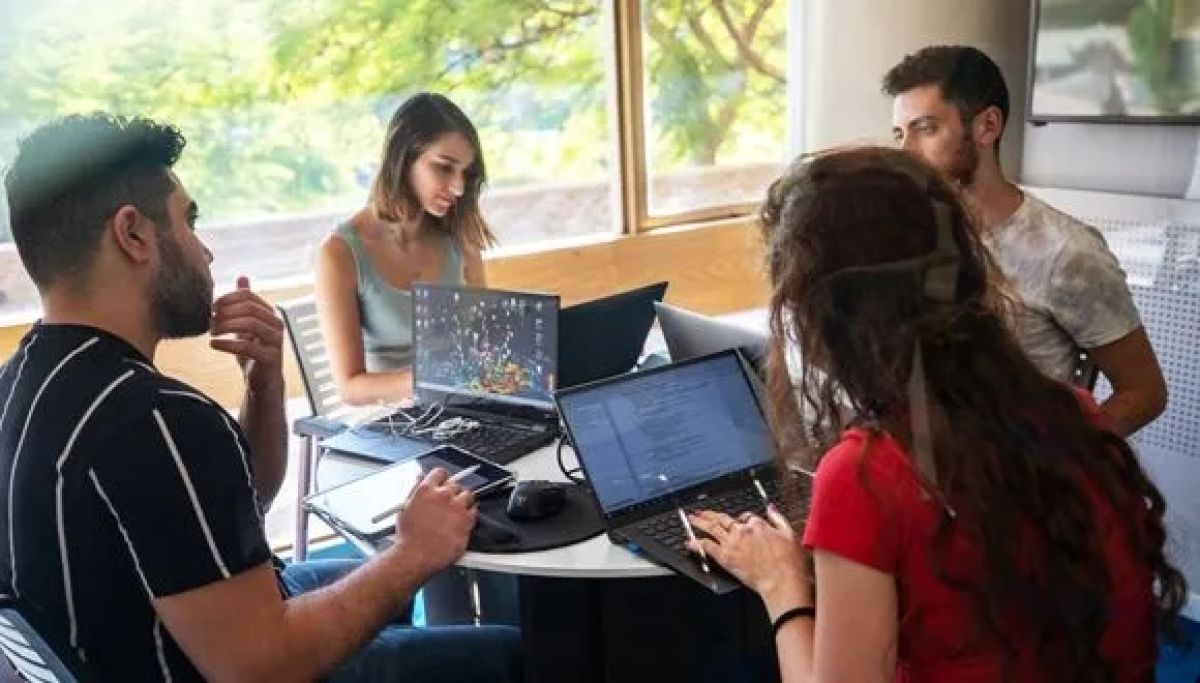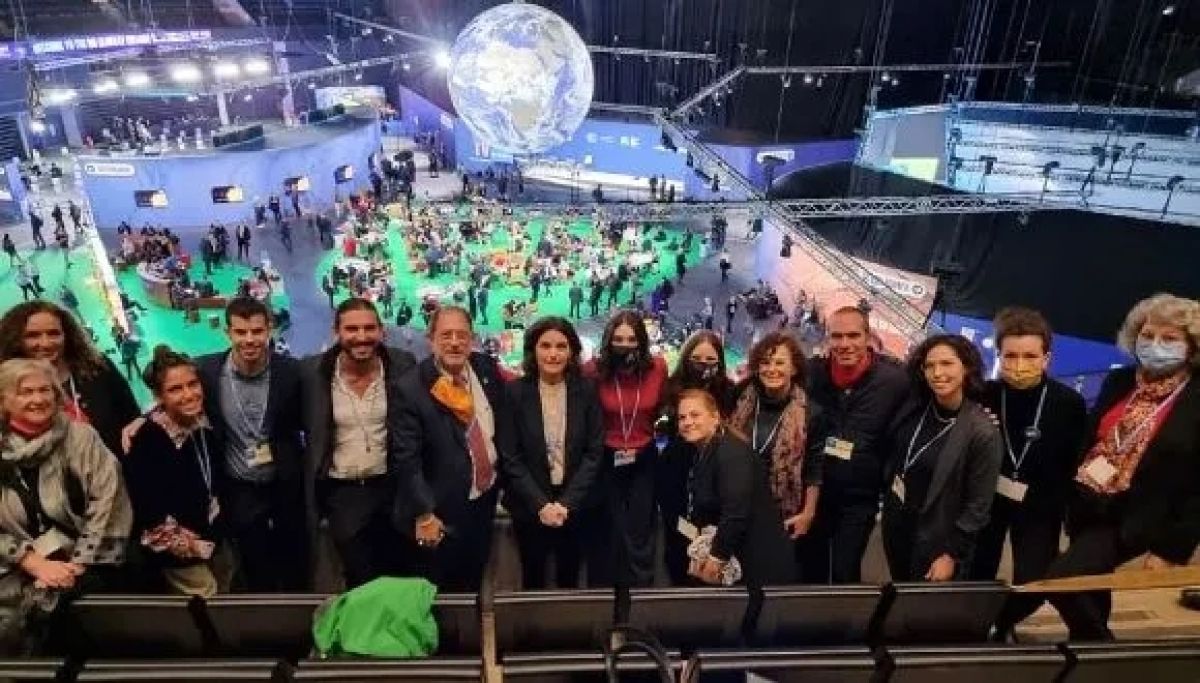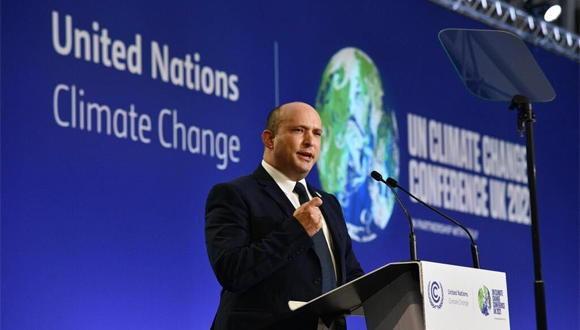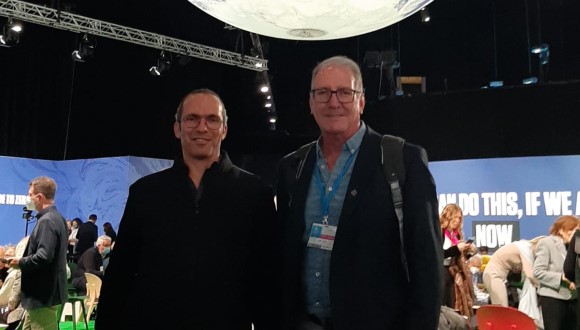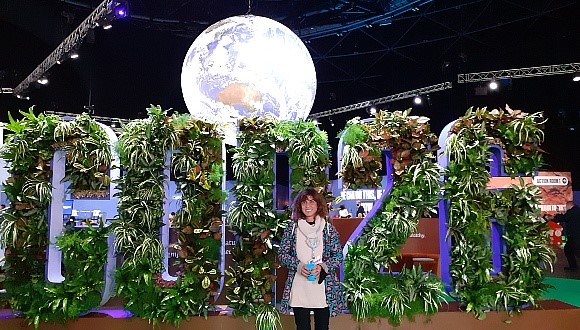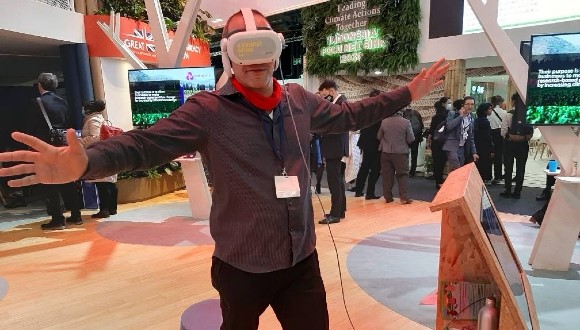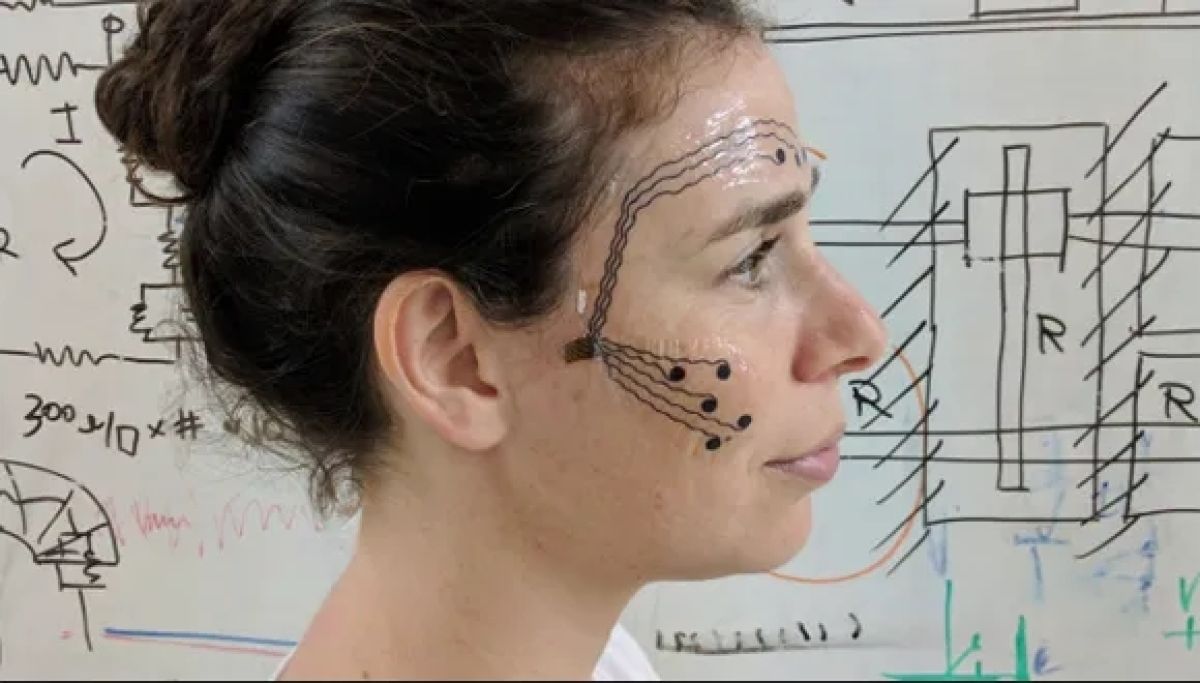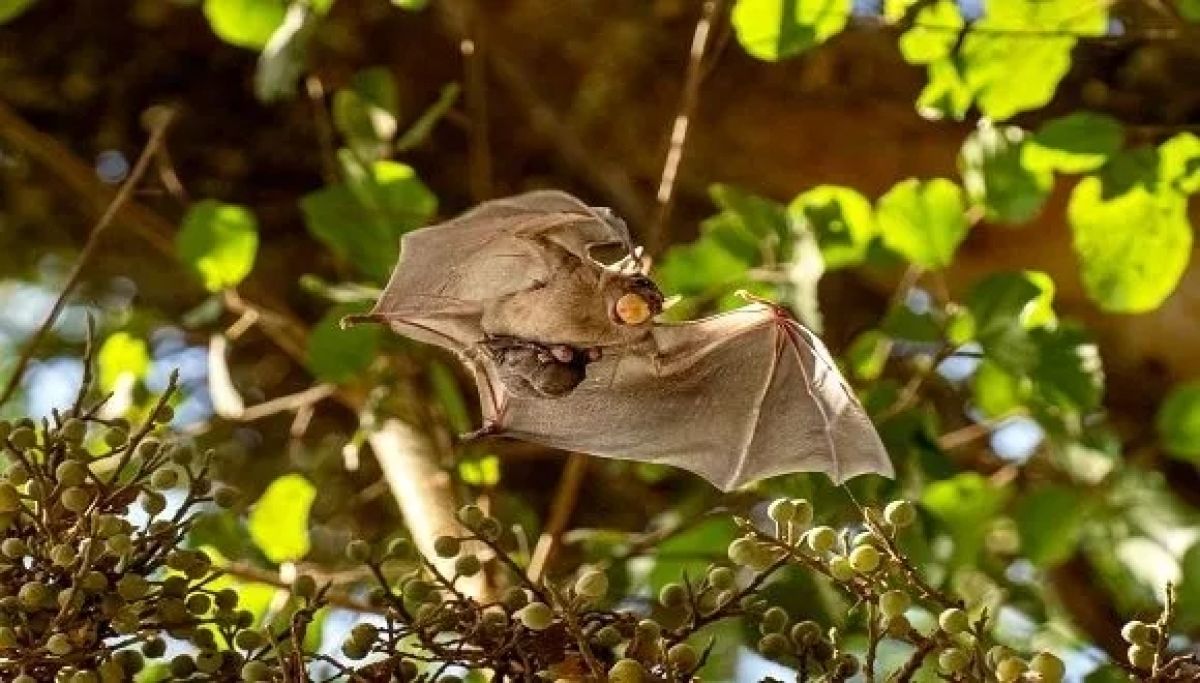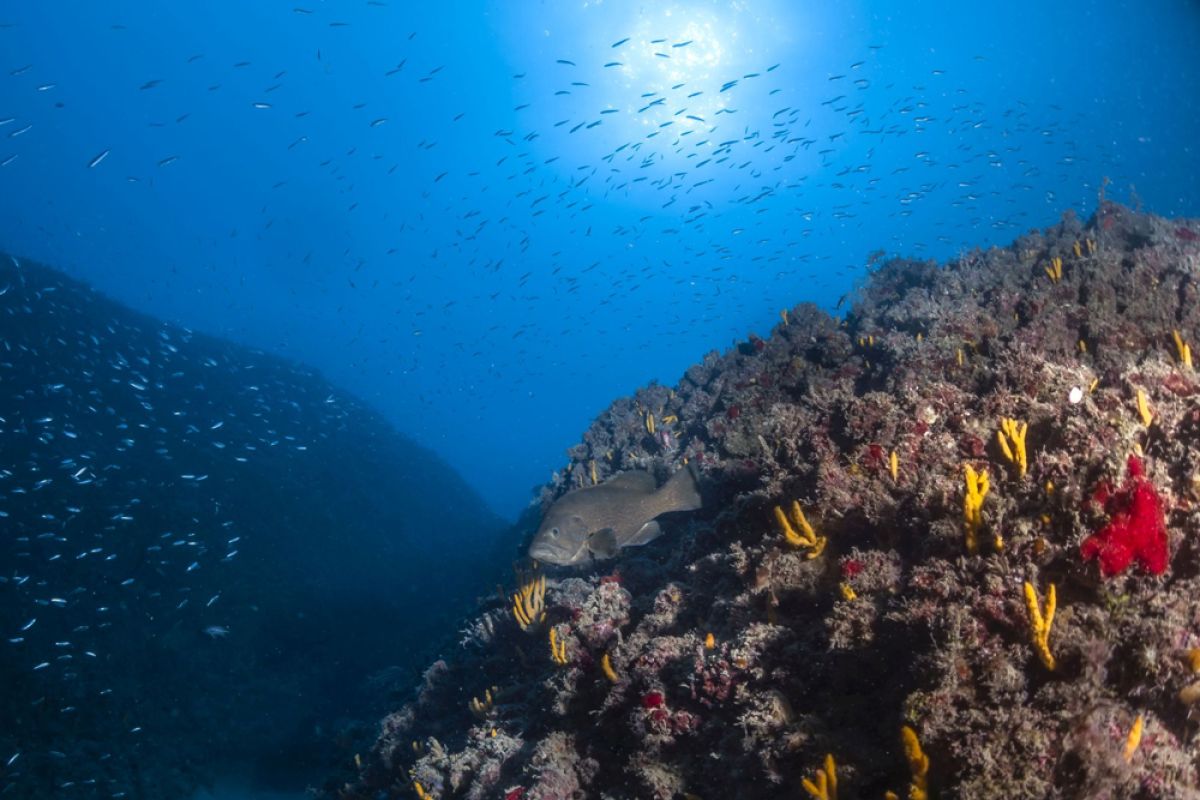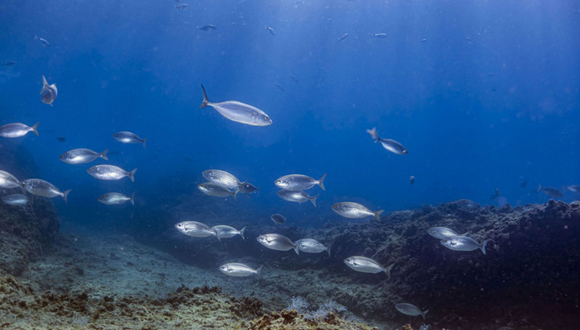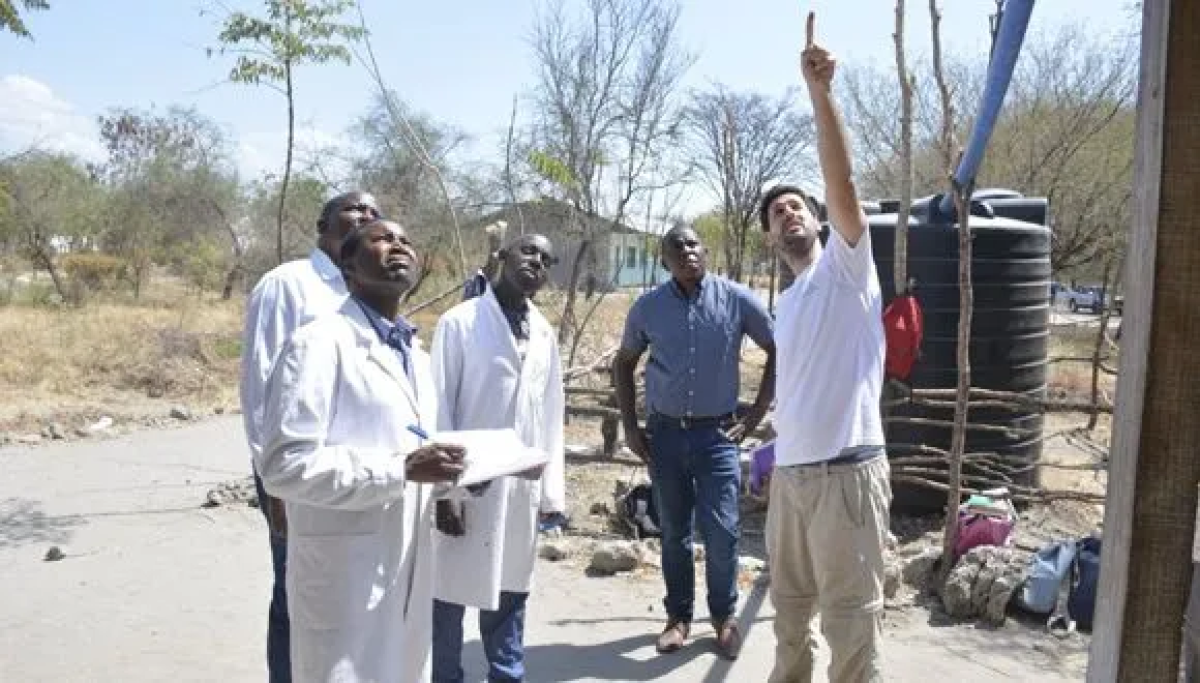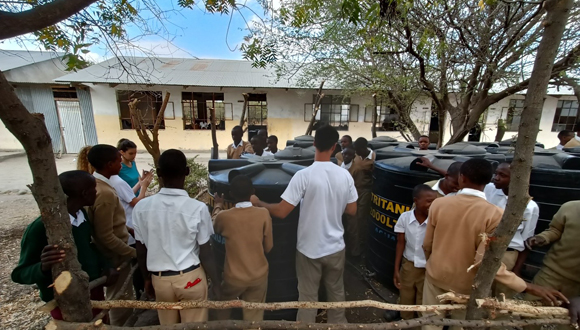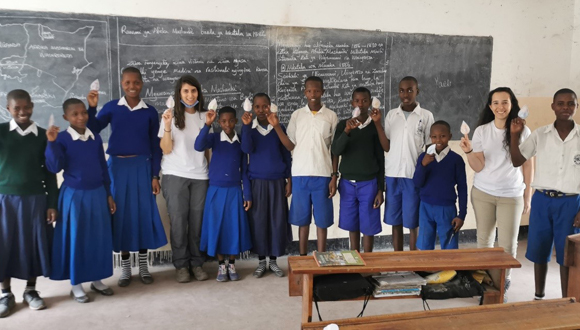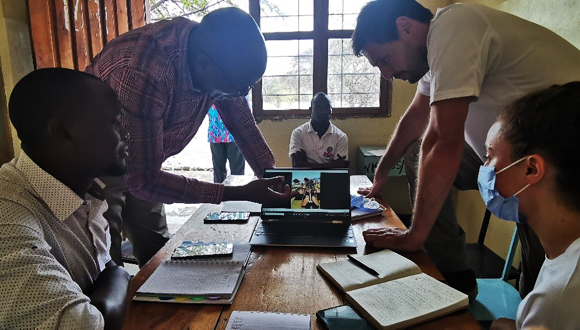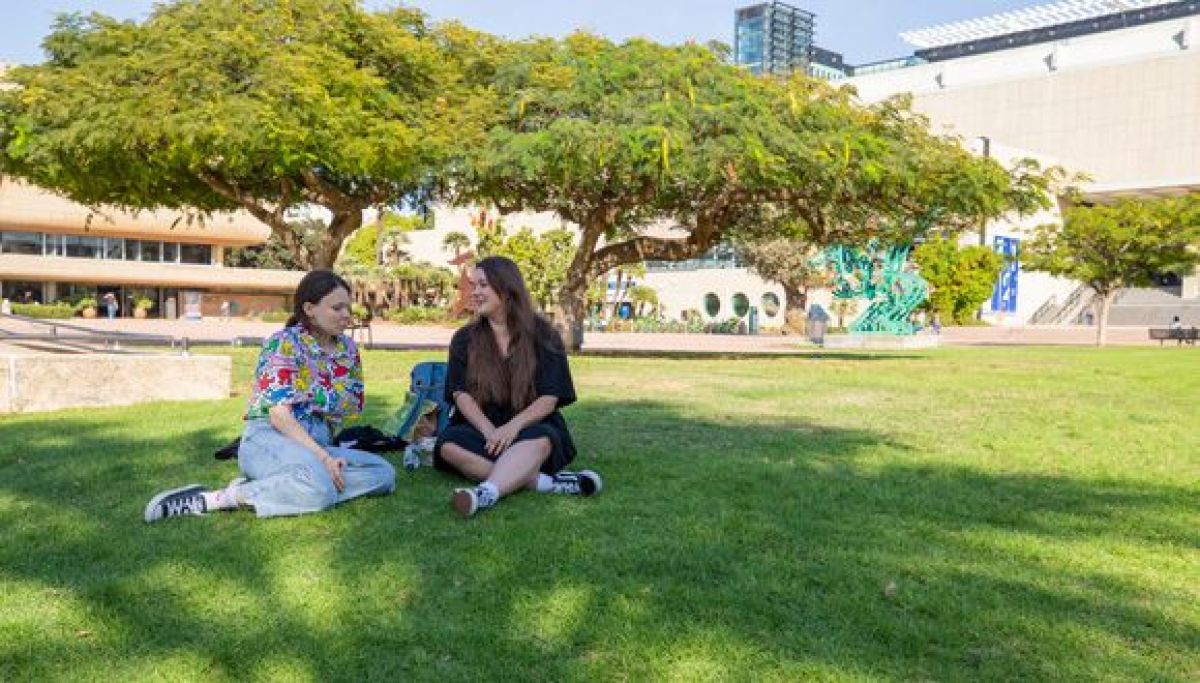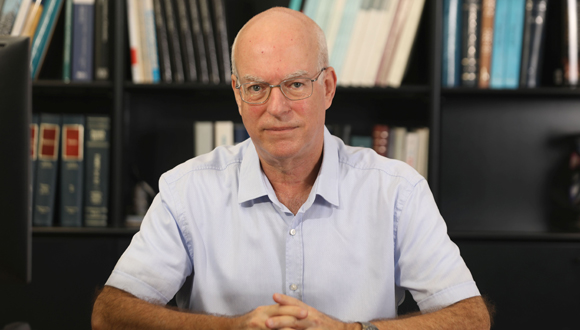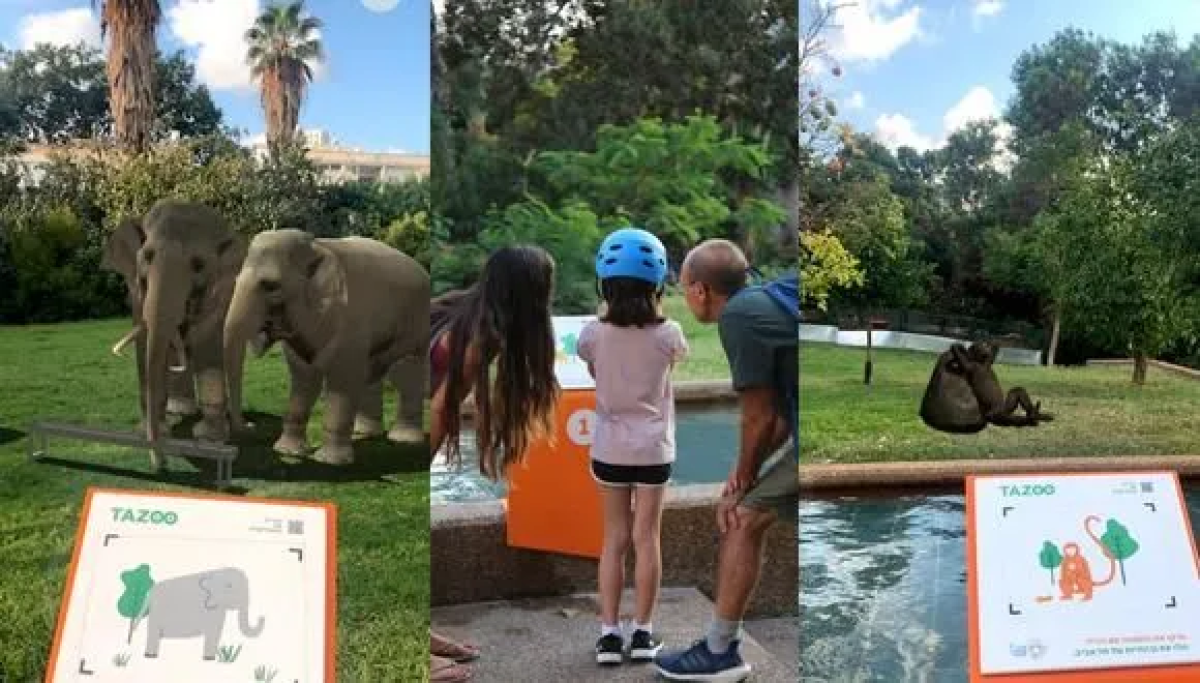TAU’s Tisch Film School Among Global Best
Achievement comes as our alumni win international Emmy for “Tehran”.
The nonstop (lights, camera,) action at Tel Aviv University’s Steve Tisch School of Film and Television has earned it another international distinction. Industry experts have named the School among this year’s top 21 film schools outside the United States, in a survey released by popular American entertainment magazine The Wrap.
Israel’s Sole Chart-Topper
TAU’s Film School is the only Israeli institution listed in the ranking that includes other global powerhouses such as the London Film School, the University of Television and Film Munich, and the Australian Film, Television and Radio School.
Contributing to the selection of The Steve Tisch School of Film and Television, the outlet noted Tel Aviv University’s standing as the largest institution of higher education in Israel and the Tisch School’s extensive international relationships, including with NYU’s Tisch School of the Arts. The TAU School is named for Academy Award-winning filmmaker and philanthropist Steve Tisch, whose generous support has catapulted the establishment’s world-class capabilities and offerings.
More than 1,200 entertainment industry insiders, educators, filmmakers and film pundits were among the anonymous experts polled for the sixth-annual edition of the ranking. The survey considered both graduate and undergraduate programs in its analysis, pitting large schools against small ones. The poll also incorporated a ranking of the top 50 US-based programs in 2021.

Cinema in the making in the center of Tel Aviv
Generator of Star Power
The ranking is the latest to recognize the internationally-acclaimed achievements of TAU’s film school, which Hollywood Reporter has listed multiple times among the top 15 international film facilities.
Founded in 1972, the Tisch School has fostered many local stars who have been instrumental in the celebrated evolution of Israeli cinema and TV, and in bringing local productions to the world stage. Films by TAU students are regularly screened at prestigious international festivals and have won numerous awards, while graduates include many of Israel’s most prominent filmmakers, scholars and critics.
TAU alumni Omri Shenhar and producer Alon Aranya together with Moshe Zonder, who studied at the Tisch School, co-created the hit series Tehran, which recently won the International Emmy Award for Best Drama. Additionally, Zonder and TAU alumni Avi Issacharoff and Michal Aviram teamed up to helm the acclaimed TV thriller Fauda. Other esteemed alumni filmmakers include Golden Globe winner and Oscar-nominated director Ari Folman (Waltz with Bashir, The Congress), Emmy and Golden Globe winner Hagai Levi (In Therapy, Scenes from a Marriage, The Affair), Emmy Award winner Maya Zinstein (Forever Pure), Emmy and Golden Globe winner Gideon Raff (Homeland, Prisoners of War, The Spy), Academy Award winner Dror Moreh (The Gatekeepers), Yaron Shani (Oscar-nominated Ajami), Tawfik Abu-Wael (Our Boys), Eitan Fox (Walk on the Water, Yossi & Jagger) and many more.
The School’s international status is also reflected in the number of renowned showbiz leaders who regularly visit and hold master classes on campus, among them the Coen Brothers, Roger Corman, Richard Gere, Liev Schreiber, Atom Egoyan, and Sarah Polley. Furthermore, the School hosted webinars with Hollywood legends Robert De Niro, Michael Douglas, and Martin Scorsese during the coronavirus pandemic.
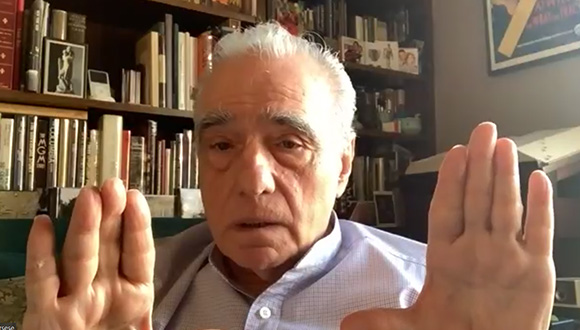
With Scorsese in our living rooms. The webinar that upgraded our days of Covid-induced self-isolation.
Academic Hitmaker for Nearly 50 Years
Prof. Yaron Bloch, head of the Steve Tisch School of Film and Television, said: “I am delighted that the School, nearing its 50th anniversary, continues to evolve, lead and innovate while maintaining the highest levels of education.”
Noting the School’s unique edge and proximity to cutting-edge research across campus, he added, “Our students direct features films and are exposed to innovative research, encouraging them to combine cinema with disciplines like neuroscience, for example. Our students create artistic works through a variety of digital media platforms, and produce one of the most important student film festivals in the world (the Tel Aviv Student Film Festival), and direct documentary projects for major broadcasters.”
View The Wrap’s full ranking: https://www.thewrap.com/top-50-film-schools-2021-thewrap/
Featured: “Tehran” – the series that conquered the world. By TAU alumni Moshe Zonder, Alon Aranya and Omri Shenhar

